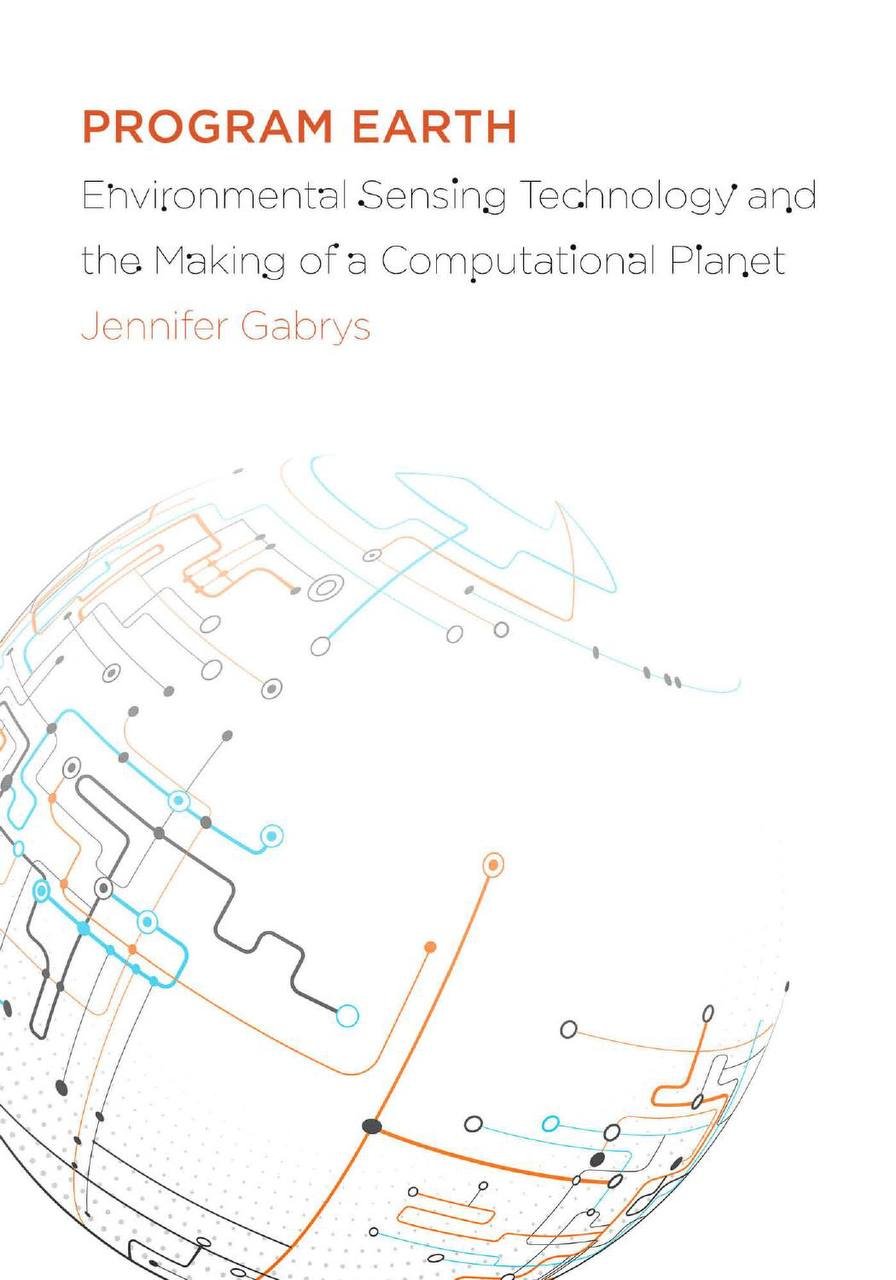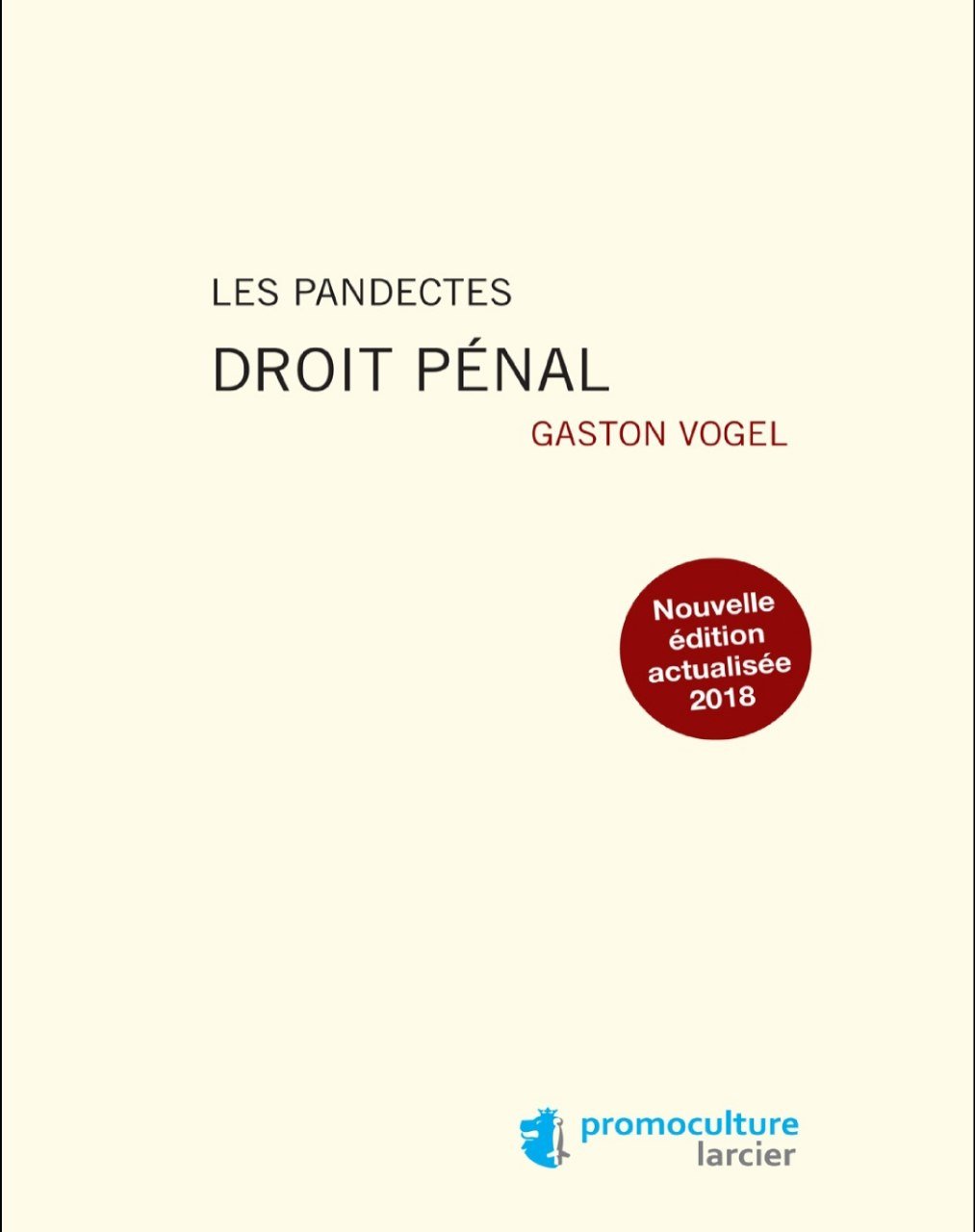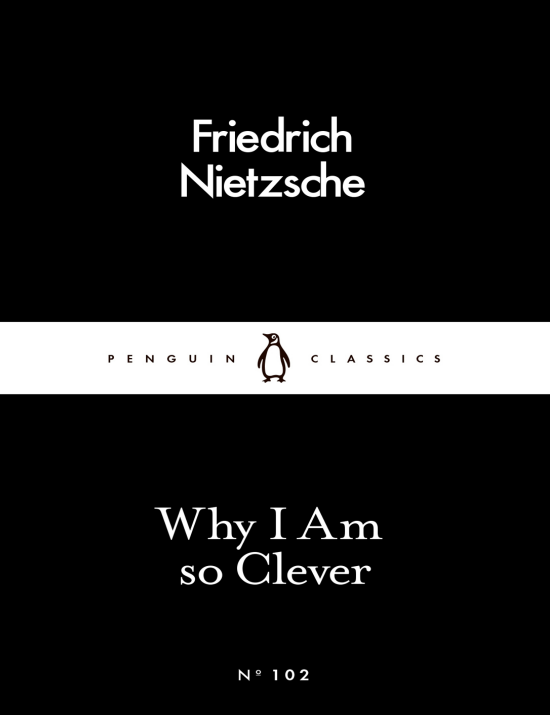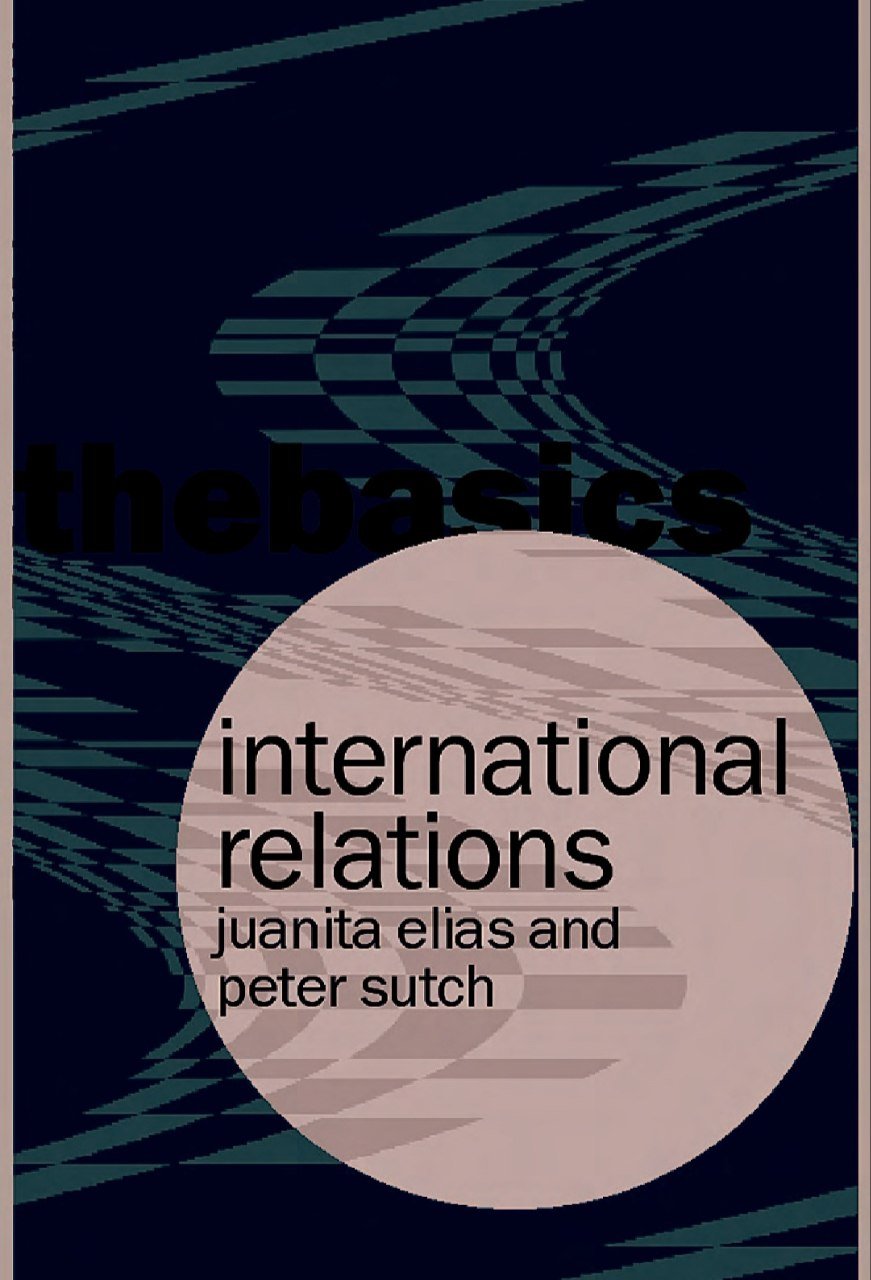

The Structuralist View of Theories
Reviews
No review yet. Be the first to review this book!
Description
The Structuralist View of Theories: A Possible Analogue of the Bourbaki Programme in Physical Science by Wolfgang Stegmüller Wolfgang Stegmüller's The Structuralist View of Theories is a seminal work in the philosophy of science, offering a comprehensive and systematic reinterpretation of scientific theories through a structuralist lens. Stegmüller’s approach builds on the tradition of logical empiricism but moves beyond its classical formulations by proposing a framework that emphasizes the formal, relational structures underlying scientific theories rather than focusing solely on their linguistic or syntactic representations. In this work, Stegmüller draws a parallel between his structuralist philosophy of science and the Bourbaki programme in mathematics—a highly influential movement that sought to reconstruct mathematics on the basis of abstract structures rather than specific objects or operations. Just as Bourbaki mathematicians aimed to present mathematical knowledge in terms of general structures and mappings, Stegmüller envisions scientific theories as families of models organized around core structures that define their empirical content and explanatory power. Central to Stegmüller’s structuralist view is the notion that a scientific theory is not just a collection of statements or propositions but rather a network of interconnected models that exhibit specific structural features. He argues that the essential components of a scientific theory include not only its formal mathematical structure but also its intended applications and empirical interpretations. These models are related by theoretical principles that preserve structural coherence across different domains of application, enabling the theory to explain and predict empirical phenomena. Stegmüller outlines the conceptual framework of his structuralist view by introducing key terms such as theoretical core, empirical substructures, and partial models. The theoretical core provides the general, often highly idealized, abstract structure of a theory. Partial models represent empirically relevant applications of the theory, incorporating both idealized and real-world data. Empirical substructures serve as bridges between the abstract models and observable phenomena, grounding theoretical claims in empirical evidence. Throughout the book, Stegmüller emphasizes the dynamic and evolving nature of scientific theories. He argues that theories often undergo modifications and extensions, resulting in complex theory nets or theory families, where different models are related by mappings that preserve key structural features. This view accommodates scientific progress as a process of refining and expanding theoretical structures rather than replacing them entirely. An important contribution of The Structuralist View of Theories is its focus on the inter-theoretic relations—how theories in different scientific fields can be connected through structural analogies, reductions, or theoretical embeddings. Stegmüller’s framework allows for a nuanced understanding of theoretical unification, reduction, and explanation in science, offering insights into how different scientific disciplines can maintain coherence and integration despite differences in their empirical domains and methodologies. By proposing his structuralist approach as an analogue to the Bourbaki programme, Stegmüller highlights the possibility of achieving a unified and rigorous reconstruction of physical science based on structural principles. He argues that this framework can clarify philosophical issues such as theory change, empirical adequacy, and scientific realism, offering a powerful alternative to both traditional logical empiricism and Kuhnian paradigms of scientific revolutions. The Structuralist View of Theories represents a major contribution to the philosophy of science, particularly for those interested in the formal and structural aspects of scientific theorizing. Stegmüller’s work has influenced subsequent developments in structural realism, model theory, and the analysis of scientific explanation, marking an important step in the ongoing effort to understand the nature and development of scientific knowledge.


























.jpeg)



.jpg)
.jpg)

.jpeg)



.jpeg)



.jpg)

.jpg)





.jpg)


.jpeg)
.jpeg)





.jpg)





.jpg)






















.jpg)
.png)

















































